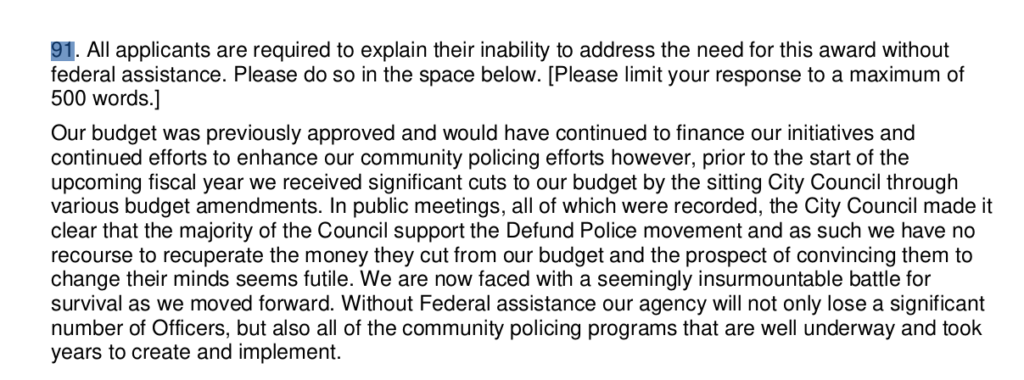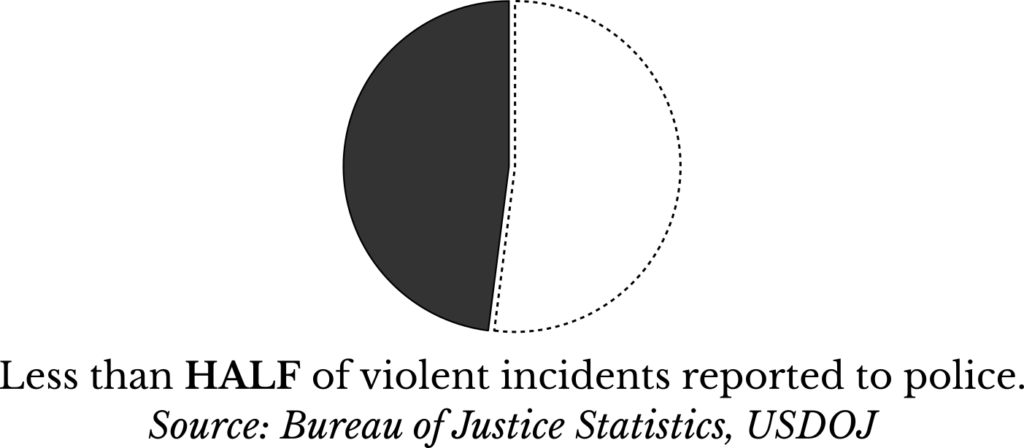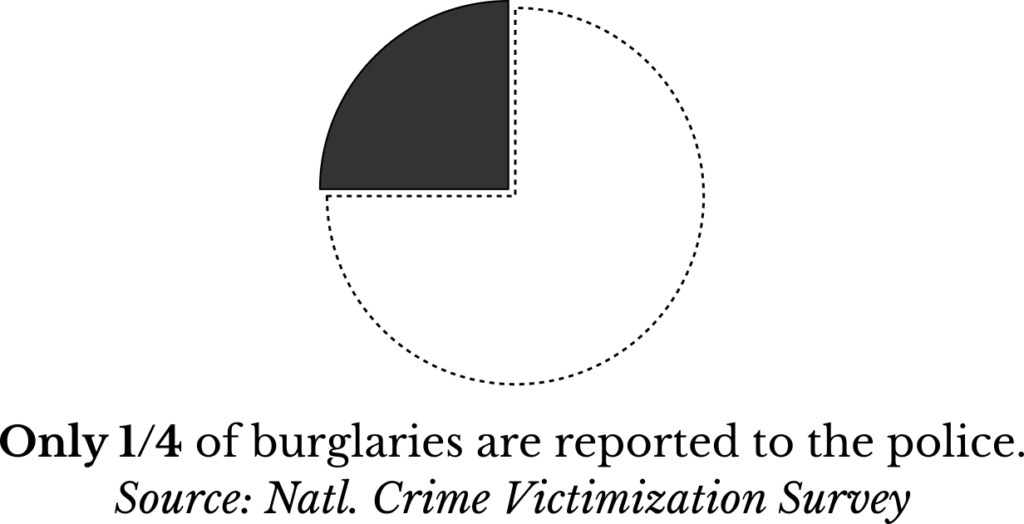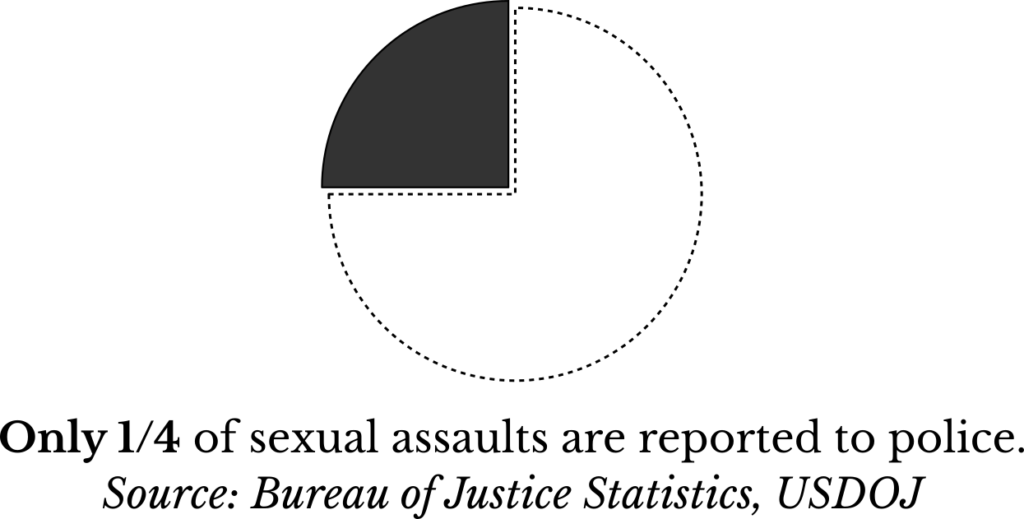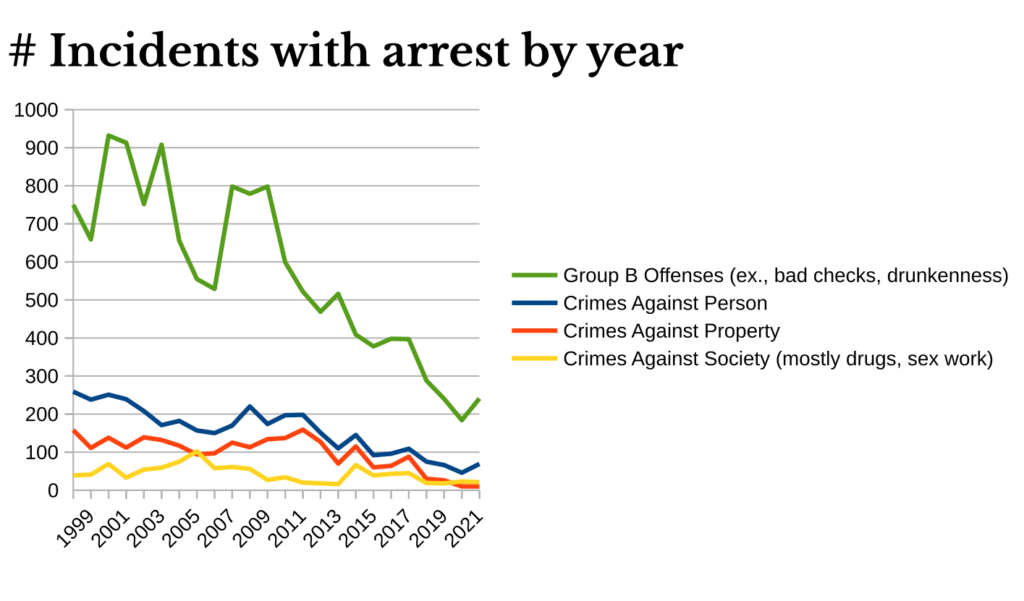Please join us and attend the School Committee meeting on Wed., November 13, at 6pm, at the John Zon community center and online over Zoom (link TBD), and give public comment if you can. Here is our situation:
- Our elected School Committee is the target of a campaign to force them to bring cops back into the schools.
- This campaign was kicked off by Police Chief Dodge with the help of Mayor Desorgher, but the effort is mainly waged by a relatively insular group of town conservatives who spend a disproportionate amount of their time on Facebook.
- The Public Safety Commission is trying to railroad the School Committee. The PSC is another group that is disproportionately Republican, most of whom have ties to the police, and all of whom were appointed by former Mayor Wedegartner in 2022-2023 to help her deflect community outrage about Chief Haigh and GPD.
- Our schools can definitely do better to provide safe environments! The superintendent has not done well with communication with families—nor with the School Committee—and has not made any steps toward implementing restorative justice or other best practices for promoting school safety, some of which are eligible for special federal funding.
As we come together at the November meeting, we will succeed if we can:
- Show strong appreciation and support for the majority of the School Committee and their commitment to holistic safety practices beyond policing and punishment.
- De-escalate the bullying and rage and accusations that some people are bringing.
- Steer the conversation back to what matters—we have really good resources for making our schools safer and more inclusive, and we need the superintendent and GPS leadership to work towards that goal with us. Without cops.
If you are not able to give public comment, you can submit written comment ahead of time by email to SchoolCom@gpsk12.org.
Your physical presence makes the most difference—committee members need support, and the “only police make us safe” crowd are aggressive and hostile. We can’t let these folks bully the School Committee, especially since these elected officials are working hard to build real safety in the schools.
Please share this call with like-minded friends and neighbors.
Read on for the background on how this “debate” has progressed so far, and why we need a strong showing to support our School Committee, our students and teachers, and the democratic process. See below for resources and evidence on school safety programs, as well as Paul Jablon’s op-ed on school culture and safety.
There has been much debate, and lots of heated emotions on and off of social media, about the issue of whether to bring cops back to Greenfield public schools. The short version of the story is that a small but activated group of conservative, cop-loving Greenfielders are trying to railroad the School Committee to bring cops back to the schools, supposedly to make students safer. But there’s little evidence that police make schools safer, and there’s lots of evidence police cause lots of harm, especially for vulnerable students.
Background
The Greenfield School Committee ended the “School Resource Officer” (SRO) position in 2020 in response to community advocacy. They did so on firm footing—SROs have been deployed to many, many schools, so there is lots of evidence about the harms they cause and the minimal benefits they offer, if any. As the Center for American Progress notes:
[T]he presence of school resource officers has been linked to increased arrests of students for noncriminal behavior, as students are often referred to law enforcement for typical behavior and small infractions such as theft and vandalism as well as nonviolence behaviors such as dress code violations. This school-to-prison pipeline is particularly devastating for students with disabilities and students of color.1“Debunking Myths the Gun Lobby Perpetuates Following Mass Shootings,” Center for American Progress, 2022. https://www.americanprogress.org/article/debunking-myths-the-gun-lobby-perpetuates-following-mass-shootings/
CAP also cautions:
Schools, districts, and the government should exclusively allocate funding to programs and strategies that are proven to make schools safer. After a tragedy occurs, there is an understandable push for investments in stringent security measures. Those investments add to a blossoming school security products industry that funnels money into private companies, but those funds should go toward supporting students with evidence-based programs…
For example, modifying school climate to facilitate better communication and more positive interactions among staff, educators, and students has been found to be more effective than using coercive disciplinary practices. Additionally, positive-behavior support, increased teacher training, and peer mediation interventions are important educational and therapeutic approaches to promote a sense of physical and psychological safety in schools. There are also research-based social and emotional skills that can help students address mental health needs, learn to discuss their feelings, and feel more connected to their school community so that they are less likely to engage in negative and harmful behavior.2“Smart Investments for Safer Schools,” Center for American Progress, 2018. https://www.americanprogress.org/article/smart-investments-safer-schools/
Our School Committee did the right thing and committed to building safe learning environments in exactly these holistic ways, rather than out-sourcing safety to the police department and giving in to false notions of what keeps us safe. This decision happened well before we all learned so much about the misconduct at GPD, in the course of the Buchanan lawsuit against former Chief Haigh and the City of Greenfield. Haigh may be gone now, but police still have all the same systemic problems they had when he was chief, and our schools still need to do better developing their own in-house capacity for fostering safe learning environments.
Backlash, 2024 version
At the recent September School Committee meeting, Mayor Desorgher, pushed by her new Chief of Police Todd Dodge, asked the committee to revisit the question of having an SRO in Greenfield schools. Dodge has been fear-mongering about the risk of a mass casualty event at a school, despite the fact that unarmed school staff have been much more successful stopping such violence than any school police officer. At the October meeting, the majority of the committee respectfully declined to reopen the 2020 debate, citing the high quality evidence behind the current policy. That’s when the cranky Greenfielder rage machine kicked into gear, especially on Facebook.
Then a terribly unfortunate incident occurred in October, right before the next School Committee meeting: a high school student was assaulted by a peer and sustained a concussion, supposedly over a dispute about a pair of shoes. School officials and staff were nearby and unable to prevent the injury.
Some residents came to the October meeting, including the victim’s parents, to express outrage over the incident and call out the School Committee for being supposedly out-of-touch and negligent about school safety because they chose not to have a cop in the schools. The incident is certainly upsetting—interpersonal violence is a serious matter, and the district administration has been pretty bad at communicating with parents, the public, and the school committee about when incidents happen. The current superintendent, like the previous one, has also failed to implement or support the kind of restorative justice programs that are a key tool for creating safer schools without severe punishment or arrest.
The School Committee has stood firmly on the evidence, but the October meeting did not persuade this angry crowd, nor did it convince the cesspool that is Greenfield Facebook. One thing should raise red flags right away—a lot of folks in this crowd seem to believe that police are the ONLY way to make schools safe, when all the evidence points in the other direction. A number of people wrote op eds in the Greenfield Recorder making their case for school police, rehashing many of the blinkered arguments that form the common sense for endlessly expanding the role of police in our society and relying heavily on propaganda promoted by the police themselves.
According to this thinking, we are supposed to believe that spreading one cop across 5 schools is going to somehow immediately stop bullying, fights, risk of mass violence, and any other bogeymen people want to worry about. Some people claim that school police are friendly role models, while others clearly want the police in school to impose harsh discipline. These contradictions show the magical thinking these folks are relying on.
Safety is complicated. We need to approach this as the complex problem that it is, using the best tools for the job, and thankfully our School Committee is seriously pursuing this goal.
The School Committee entrusted committee member Ann Childs to do outreach, assess how safe (or not) people feel in the schools and why, and bring back a summary of research with recommendations to address our school community needs. Committee members have already strongly encouraged the Superintendent (and her predecessor) to pursue restorative programs in order to help defuse conflict before it turns violent, with no results yet. This is our best hope for building the safe school environments our kids, teachers, and staff deserve.
Public Safety Commission officially trolls the School Committee
After the School Committee meeting, the reactionaries that form Greenfield’s Public Safety Commission decided to engage in a little political theater to ramp up the pressure on the School Committee. Much like they did in the months after the police budget was cut in 2022, the PSC devoted their October meeting to a propaganda fest, hurling angry comments and allegations in the School Committee’s direction. They also sought to promote the benefits of school police by interviewing two SROs from neighboring school districts.
Interestingly, when these SROs talked about what they do, they talked about facilitating restorative justice circles and mentoring students. There’s nothing wrong with those things—they’re great, and they definitely help with school safety! And those practices will help build safe learning environments that much more when they are implemented broadly by school district personnel with clear administrative support, rather than being out-sourced to law enforcement officers, who increase the risk that vulnerable students will be arrested, expelled, or scared away from school.
Note that the Public Safety Commission is unelected, unlike the School Committee. The current members were appointed by former mayor Roxann Wedegartner during the period when she was most intensively trying to deflect criticism from herself, Chief Haigh, and GPD. Most of them have ties to law enforcement or were police themselves. All but one of the 5 members is Republican—hardly representative of Greenfield, where Republicans make up only 8% of registered voters3Courtesy of the official voter rolls: https://www.sec.state.ma.us/divisions/elections/download/research-and-statistics/enrollment_count_20221029.pdf, and where the recent Medicare For All ballot measure won in every precinct.
You can help
Please attend the School Committee meeting on Wed., November 13, 6pm, at John Zon or over Zoom, and help our School Committee to do the work we elected them to do! If you can’t attend, please send public comment to SchoolCom@gpsk12.org before the meeting.
Great resources on school safety from the Center for American Progress
- How To Make Schools Safer Without Additional Physical Security Measures (2022). “The newly enacted Bipartisan Safer Communities Act can help schools and districts create safer learning environments without resorting to implementing measures that harden schools.”
- Debunking Myths the Gun Lobby Perpetuates Following Mass Shootings (2022). “Putting more guns in schools in dangerous and ineffective.”
- Smart Investments for Safer Schools (2018). “To ensure safe and healthy learning environments, policymakers and schools must invest in evidence-based solutions—not reactionary spending that only makes the public feel safer.”
See also “When Schools Increase Police Presence, Minority Students Are Harmed Disproportionately,” Jack Denton, Pacific Standard, 2019 and We Came to Learn: A Call to Action for Police-Free Schools, The Advancement Project and the Alliance for Educational Justice, 2018.
- 1“Debunking Myths the Gun Lobby Perpetuates Following Mass Shootings,” Center for American Progress, 2022. https://www.americanprogress.org/article/debunking-myths-the-gun-lobby-perpetuates-following-mass-shootings/
- 2“Smart Investments for Safer Schools,” Center for American Progress, 2018. https://www.americanprogress.org/article/smart-investments-safer-schools/
- 3Courtesy of the official voter rolls: https://www.sec.state.ma.us/divisions/elections/download/research-and-statistics/enrollment_count_20221029.pdf
